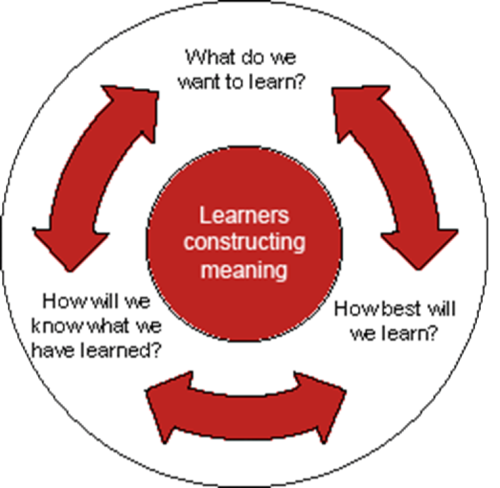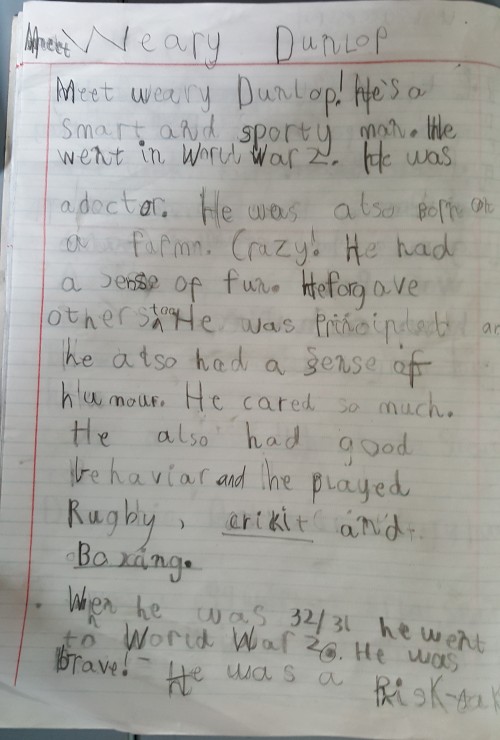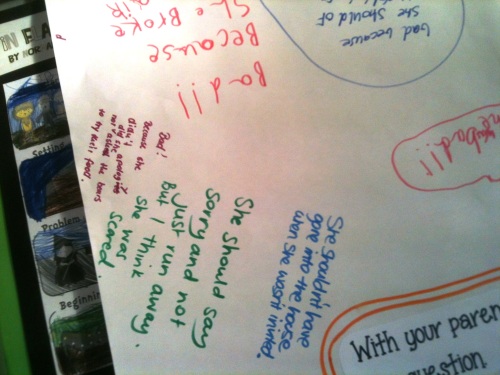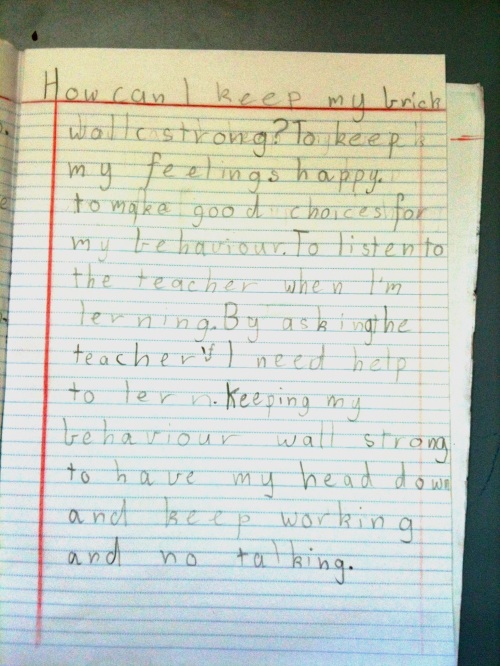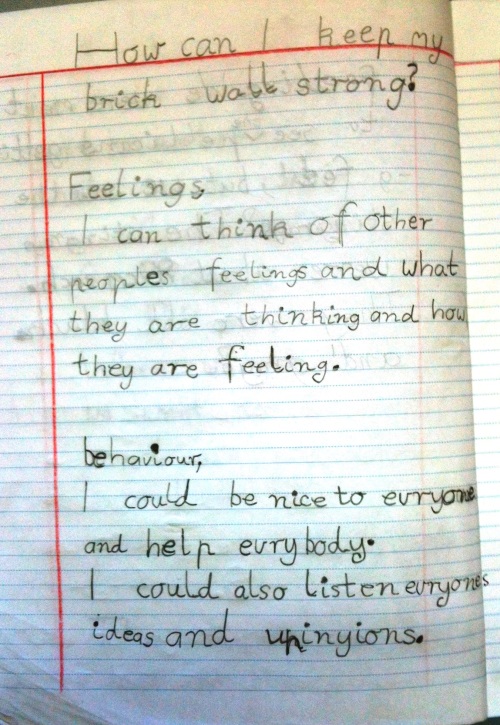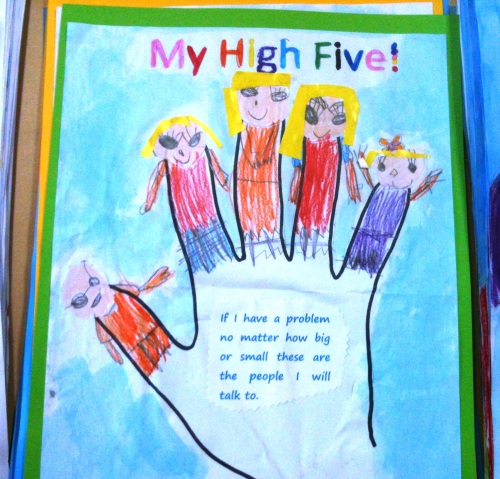A psychiatrist friend shared this video with a message on Facebook…
‘It is something everyone should read – especially school kids.’
I always watch or read anything Angela shares because I know her work. The video is confronting, but so is youth suicide.
The IB -PYP clearly mandates that the Learner Profile is embedded into the curriculum. It is unpacked from the very first day of school.
All schools have values they embrace but I wonder how well the values are embedded across the curriculum. It takes time to unpack the Learner Profile with students in a real and meaningful way. The Learner Profile has to be lived and ‘breathed’ by students. It’s not a wish list, its part of what embodies an IB teacher, student and IB school community.
An IB school also has to meet the standards of the IB to be endorsed as an IB school. There are many checks and balances!


This is an example of how I unpacked the Learner Profile in my classroom over a year. When a student really understands and lives the Learner Profile, they understand the impact of their ‘footstep’.

‘Never underestimate the power of your actions. With one small gesture you can change a person’s life.
Thank you for sharing this video and text Angela!
Cheers Nina


